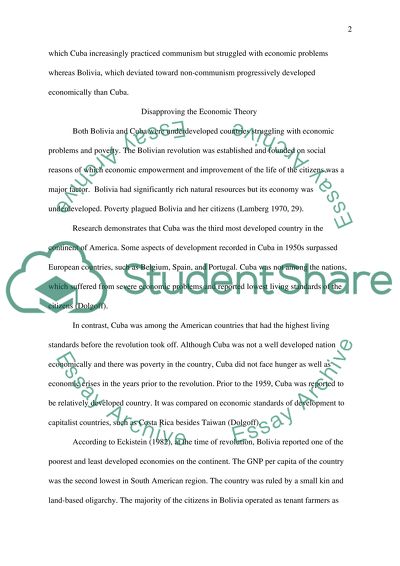Cite this document
(“Success of the Communist Movement of the 1960's in Cuba and Not Research Paper”, n.d.)
Success of the Communist Movement of the 1960's in Cuba and Not Research Paper. Retrieved from https://studentshare.org/history/1452271-why-was-the-communist-movement-of-the
Success of the Communist Movement of the 1960's in Cuba and Not Research Paper. Retrieved from https://studentshare.org/history/1452271-why-was-the-communist-movement-of-the
(Success of the Communist Movement of the 1960'S in Cuba and Not Research Paper)
Success of the Communist Movement of the 1960'S in Cuba and Not Research Paper. https://studentshare.org/history/1452271-why-was-the-communist-movement-of-the.
Success of the Communist Movement of the 1960'S in Cuba and Not Research Paper. https://studentshare.org/history/1452271-why-was-the-communist-movement-of-the.
“Success of the Communist Movement of the 1960'S in Cuba and Not Research Paper”, n.d. https://studentshare.org/history/1452271-why-was-the-communist-movement-of-the.


